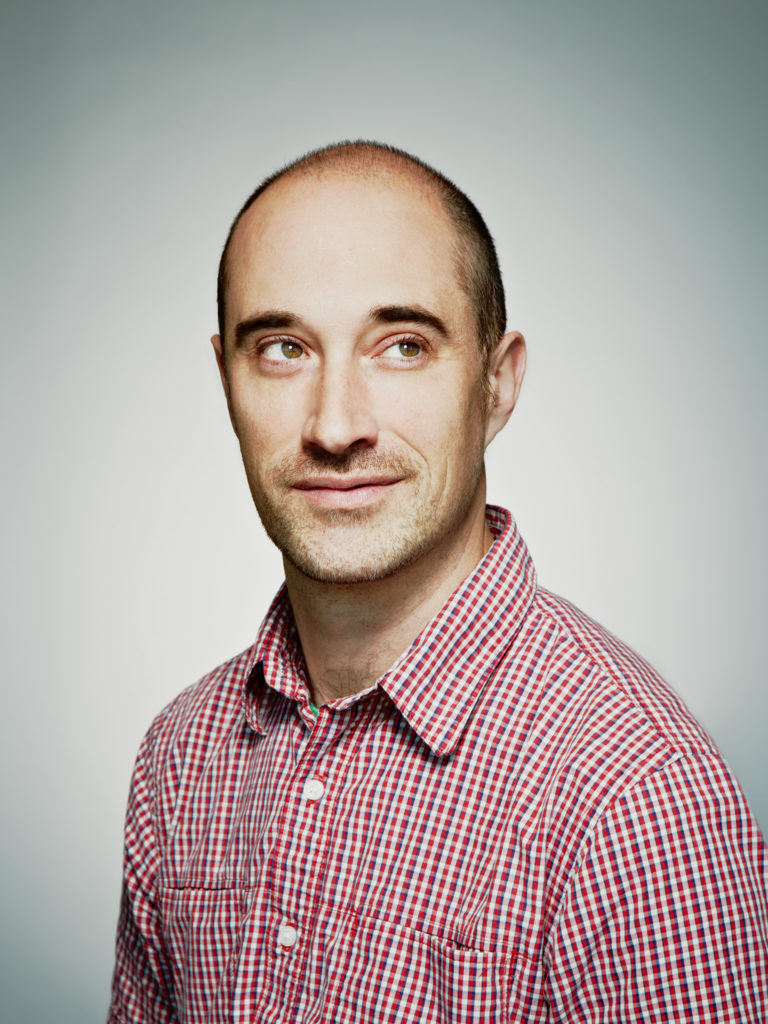
Associate Professor
Department of Physics and Astronomy, Faculty of Science
I am primarily interested in auditory biophysics, chiefly in the context of how sound is transduced by the ear into neural impulses going to the brain. Remarkably, somehow in the process of being a very sensitive detector, the (healthy) ear generates and subsequently emits sounds that can be detected non-invasively using a sensitive microphone.
These sounds, known as otoacoustic emissions (OAEs), reveal many aspects of the inner workings of the ear and also have many translational applications (e.g., clinical audiology). Our lab combines both experimental and theoretical/modeling approaches across a broad comparative framework so to help us better understand OAEs and thereby the key biophysical processes at work that allow us to hear the world around us.
Announcements & Notes
- No content yet
